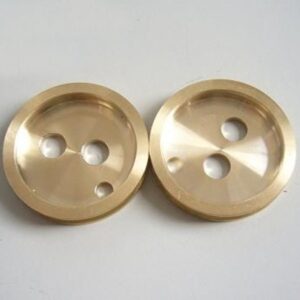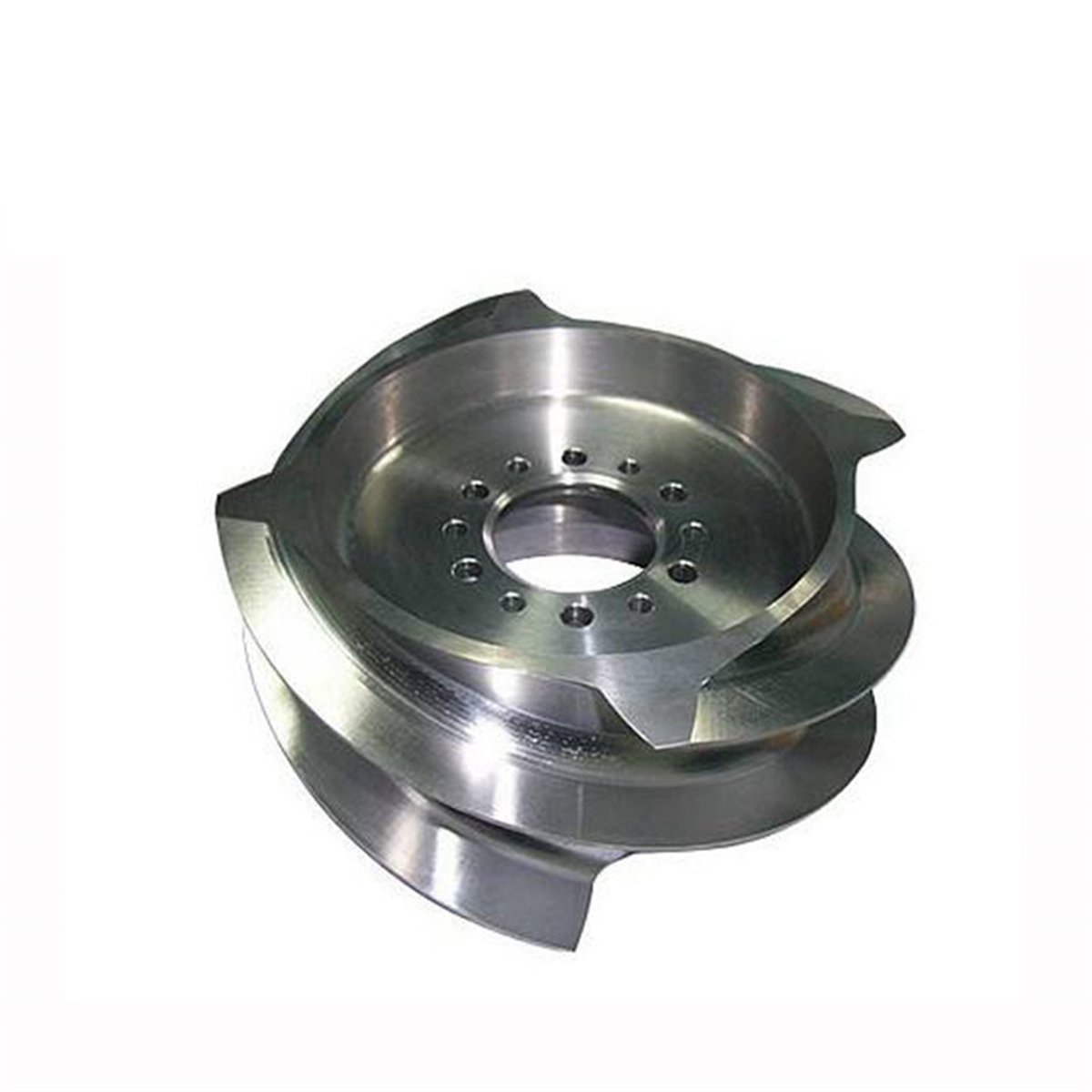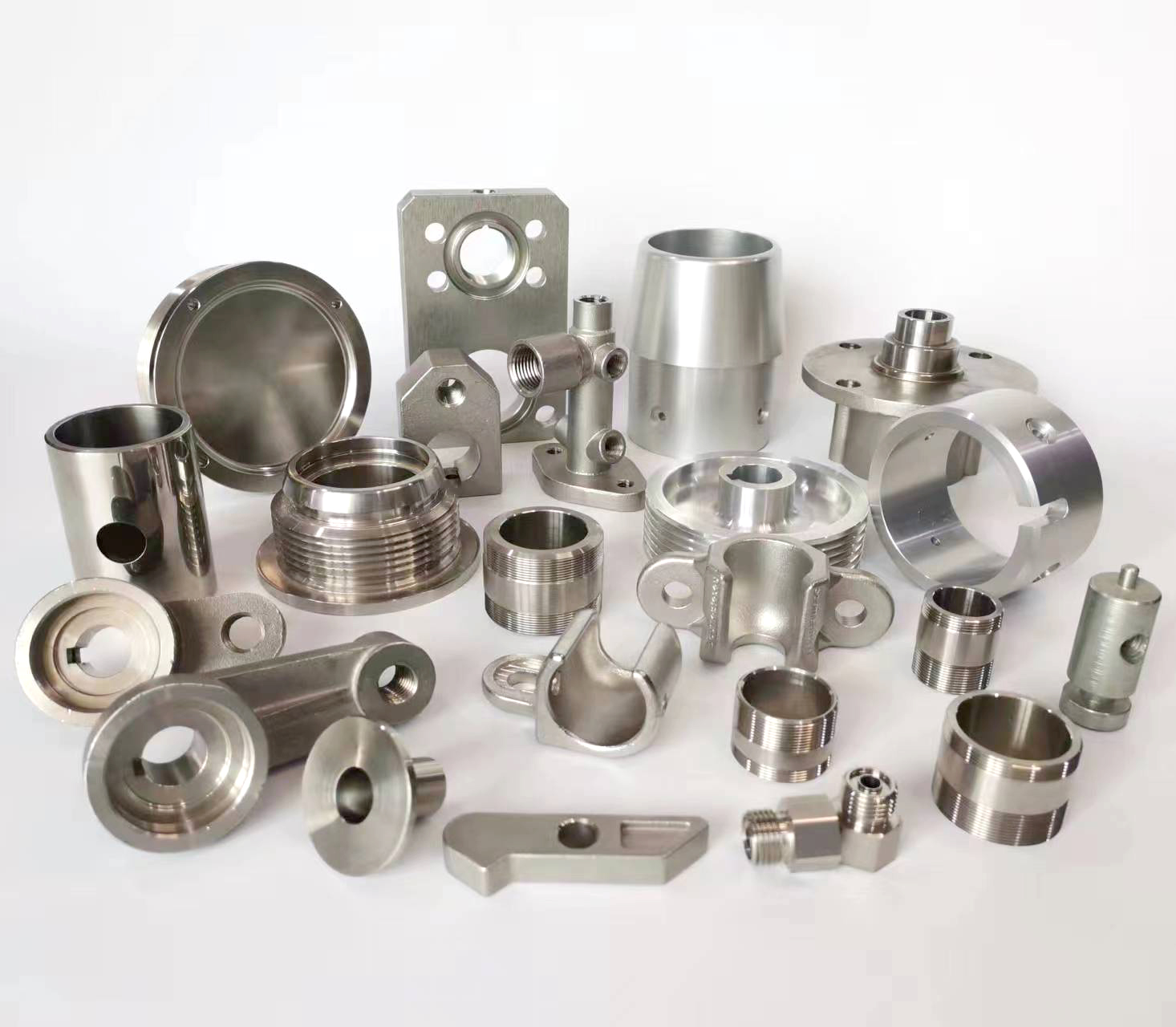
A tensile test, also known as a tension test, is a fundamental mechanical test used to determine the behavior of a material under an axial stretching load. It is one of the most common and important tests in materials science and engineering, providing key data for material selection, quality control, and structural design.
The primary result of a tensile test is a Stress-Strain Curve, from which several critical mechanical properties are derived.
1. Key Objectives of a Tensile Test
The main goals are to measure:
Tensile Strength (Ultimate Strength): The maximum stress the material can withstand.
Yield Strength: The stress at which the material begins to deform plastically (permanently).
Modulus of Elasticity (Young’s Modulus): A measure of the material’s stiffness.
Elongation and Reduction of Area: Measures of the material’s ductility.
2. Essential Equipment
A standard tensile testing setup consists of:
Universal Testing Machine (UTM): This is the main frame, which can be hydraulic or electromechanical. It has:
A Fixed Crosshead: One end of the machine that remains stationary.
A Movable Crosshead: This part moves to apply the load.
Load Frame: The strong structure that supports the load.
Load Cell: A highly accurate sensor mounted on the fixed crosshead that measures the force applied to the specimen.
Grips and Fixtures: These hold the specimen firmly in place. Common types include wedge grips, which tighten as the load increases.
Extensometer: A precise instrument attached directly to the specimen to measure the small elongation or strain. For tests where only total elongation is needed, the crosshead movement can be used, but it is less accurate.
Specimen: The prepared sample of the material to be tested. It has a standardized “dog-bone” or “dumbbell” shape with a reduced cross-sectional area in the middle (the gauge length) to ensure failure occurs away from the grips.
3. The Step-by-Step Testing Procedure
Step 1: Specimen Preparation
A specimen is machined according to a relevant standard (e.g., ASTM E8 for metals). Its critical dimensions (original cross-sectional area and gauge length) are precisely measured.
Step 2: Mounting the Specimen
The specimen is carefully aligned and inserted vertically into the grips of the testing machine. Proper alignment is crucial to avoid bending stresses.
Step 3: Attaching the Extensometer
The extensometer is clipped onto the gauge section of the specimen. It will provide the most accurate strain data for calculating the modulus of elasticity and yield strength.
Step 4: Configuring the Test Software
The test parameters are entered into the computer controlling the UTM:
The control mode (e.g., position control or strain control).
The speed (strain rate) at which the test will run.
The initial specimen dimensions.
Step 5: Applying the Load
The test is initiated. The movable crosshead moves away from the fixed crosshead at a constant rate, applying a gradually increasing tensile (pulling) force to the specimen.
Step 6: Data Acquisition
Throughout the test, the load cell continuously records the applied force (F), and the extensometer records the corresponding elongation (ΔL). The software uses this data to calculate and plot the Engineering Stress (σ) vs. Engineering Strain (ε) curve in real-time.
Stress (σ) = Force (F) / Original Cross-sectional Area (A₀)
Strain (ε) = Change in Length (ΔL) / Original Gauge Length (L₀)
Step 7: The Testing Process & Material Behavior
As the load increases:
Elastic Region: The initial, straight-line portion of the curve. The material deforms elastically; if the load is released, it will return to its original shape. The slope of this line is the Young’s Modulus (E).
Yield Point: For many metals (especially low-carbon steel), there is a distinct point where plastic deformation begins without an increase in load. This is the Yield Strength. For materials without a clear yield point, a 0.2% offset method is used.
Plastic Region: Beyond the yield point, the material deforms permanently. The curve continues to rise as the material undergoes “strain hardening.”
Ultimate Tensile Strength (UTS): The highest point on the stress-strain curve. This is the maximum stress the material can support.
Necking: After the UTS, the specimen begins to deform locally, forming a “neck” where the cross-sectional area reduces significantly.
Fracture: The specimen ultimately fractures into two pieces.
Step 8: Post-Test Measurements
After fracture, the two broken pieces are carefully fitted back together. The final gauge length and the minimum diameter at the neck are measured to calculate:
Percent Elongation: ((Final Gauge Length – Original Gauge Length) / Original Gauge Length) * 100%
Percent Reduction in Area: ((Original Area – Final Minimum Area) / Original Area) * 100%
4. Interpreting the Results: The Stress-Strain Curve
The generated curve is the primary output. Its shape reveals the material’s character:
A Steep Elastic Slope: Indicates a stiff material (high Young’s Modulus).
A High Yield and Tensile Strength: Indicates a strong material.
A Large Strain to Fracture: Indicates a ductile material (e.g., copper, aluminum).
A Small Strain to Fracture: Indicates a brittle material (e.g., cast iron, glass).
5. Standards and Applications
Tensile tests are performed according to international standards (ASTM, ISO, etc.) to ensure consistency and repeatability. The data is used in virtually every engineering field:
Aerospace & Automotive: Selecting lightweight, high-strength alloys.
Construction: Specifying rebar and structural steel.
Manufacturing: For quality control of raw materials and finished products.
Medical: Testing the strength of implants and surgical tools.
In summary, a tensile test is a systematic and standardized procedure that stretches a material specimen until it breaks, providing a wealth of data about its strength, stiffness, and ductility, which is fundamental for engineering design and analysis.





